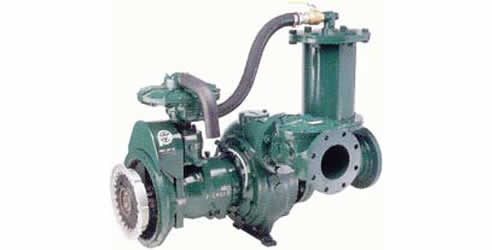NEWS ARTICLE ARCHIVESPioneer pumps from Kelair Pumps Australia for power stations Sales Engineer, Anthony Sidawi (NSW). A lot of Kelair's clients require self-priming pumps in their processes. The Pioneer range offers a wet prime application and a dry prime application. The wet prime pump requires to be primed on installation, whereas the dry prime pump does not require any priming; it will dry prime itself each and every time. How Does the Priming System Work in a Vacuum-Assist (Dry Prime) Pump? The diaphragm pump removes the air out of the suction line and the separation chamber until the pressure in the suction pipe is less than atmospheric pressure which allows liquid to flow into the pump. When there is sufficient water in the pump, the float ball rises and the air valve closes. The pump is now primed and ready to pump. Once the valve is closed the diaphragm pump continues to operate on low power until it is required again. If the pump ever loses prime or there is no liquid left in it, the float ball automatically falls causing the valve to open so that the diaphragm pump can remove air out of the suction line again. This process happens automatically. All key priming equipment such as the valve and float ball are manufactured in 316 Stainless Steel offering superior resistance to corrosion. Advanced Impeller Design The Pioneer non-clog impeller can pass solids up to 100mm and has very high resistance to wear and shock loads. Materials of construction include Ductile Iron, 316 Stainless Steel, CD4MCU Stainless Steel or CA6NM. Heavy Duty Shaft and Bearing The Pioneer pump is designed to operate in the most arduous of conditions such as construction sites and flood control. This is why Pioneer offers two years' warranty on its pumping equipment. Kelair recently had an enquiry from a major power station in Australia for pumping slurry ash, with 7 meters of suction lift. We offered our 8" Pioneer vacuum-assist (dry prime) selfpriming pump for the application. The pump was able to handle 1½" solids, and with the seal arrangement, was able to run dry indefinitely without damaging the seal because the seal was running inside an oil bath. View Newsletter; |
 |
 |